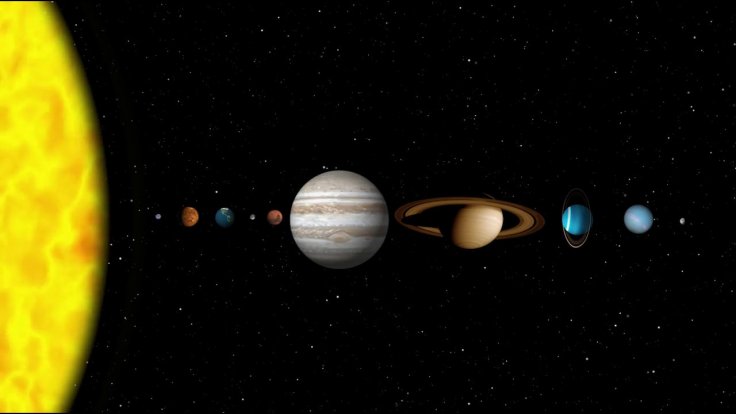
This weekend people on earth would be able to witness a spectacular celestial event. Reportedly the Red Planet of our solar system, Mars and the largest one of the solar family, Jupiter will pass by each other on Sunday, January 7. The event can be observed by the enthusiasts in the dawn sky.
In this conjunction of Mars and Jupiter, which would be seen in the southeast sky, Mars will appear around 0.25 degrees south of Jupiter, reports earthsky.org. This magnificent cosmic encounter between these two neighbor planets would be the first one to happen since October 2017 and the next such unusual meeting between Mars and Jupiter won't take place until March 2020. Undoubtedly this should make it to the to-do-list of the stargazers.
Interested viewers would be able to differentiate the planets looking at their brightness – Mars will be dimmer and reddish, while Jupiter will be more vibrant and way brighter than Mars. To find the conjunction in the sky one should look for Jupiter, since it would appear like the brightest star-like item in the sky on January 7 during the dawn time. If one cannot find them with bare eyes, he or she can use a binocular to look for Jupiter, since it would be more likely to come into the view first. Once the viewer finds out the Jupiter, Mars would be found in no time, as both the planets will be located within the same binocular field.
While the space-enthusiasts should be able to see the conjunction with naked eyes, using a telescope would certainly enhance the experience manifold.
Also Read: NASA's flying observatory Sofia to explore comets, Saturn's moon and more
A conjunction of two planets takes place when they planets share the similar east-west longitude, as observed from the earth, in the sky. All the planets in our solar system orbit the sun almost on the same plane, however; from earth, their travel paths rarely appear to be similar in the sky. But when conjunction takes place the planets seem closer in the sky from earth.









